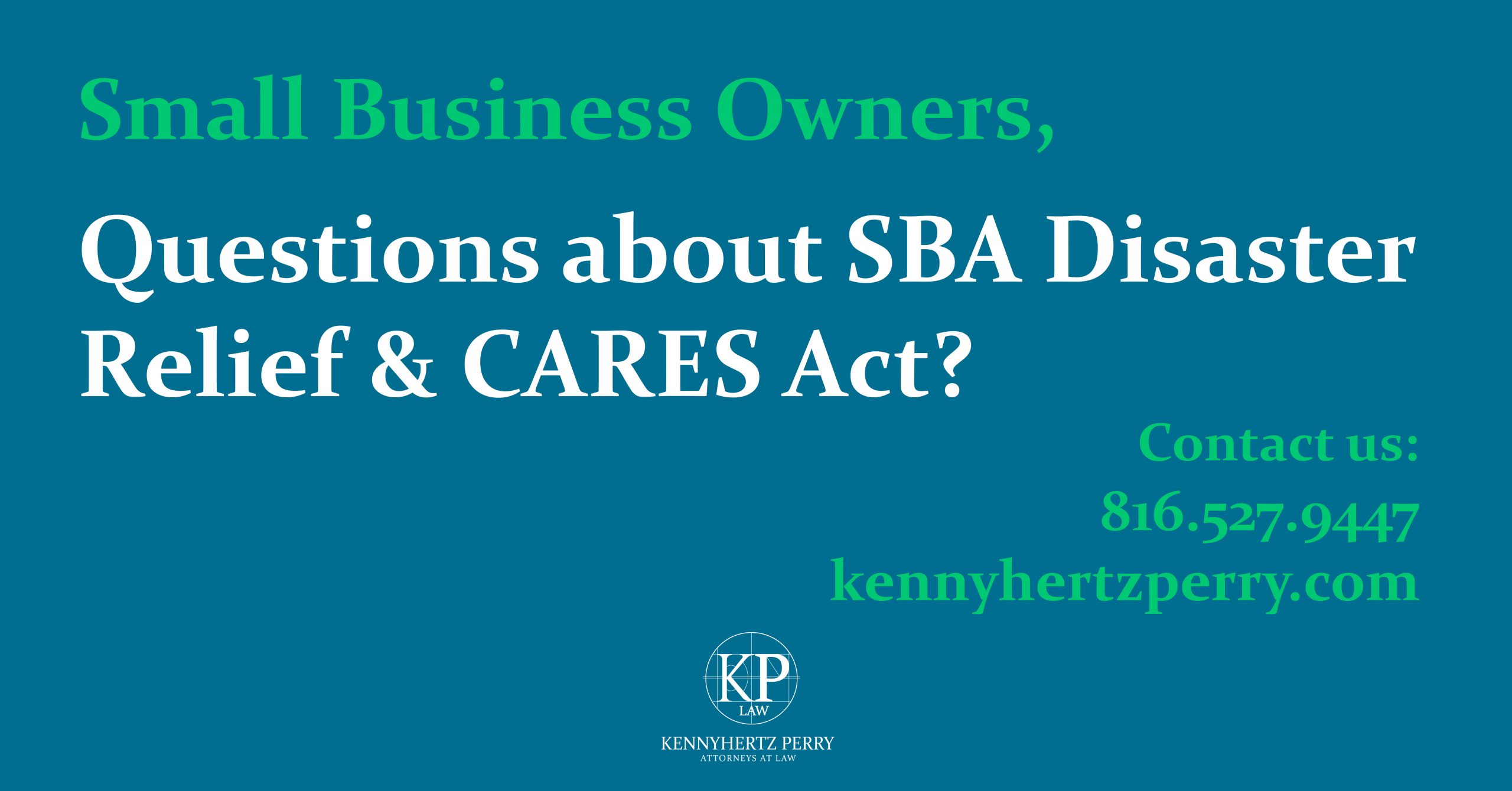Date
July 10, 2020
As many small businesses pass or approach the end of their original 8-week PPP loan forgiveness period, new legislation and SBA rules may assist some small businesses in maximizing their PPP loan forgiveness. The following are just a few of the highlights from the new legislation and corresponding SBA rules that relate to loan forgiveness:
- The mandatory percentage of the PPP loan proceeds that must be expended on payroll costs has been lowered to 60% from 75%.
- Borrowers may use more than 60% of the PPP loan proceeds for payroll costs, but not less.
- This change provides Borrowers with more flexibility in meeting both payroll costs and other authorized PPP expenses such as rent, utilities, and mortgage interest.
- At the option of the Borrower, the loan forgiveness period can either be 24 weeks from receipt of the loan proceeds or 8 weeks from the first day of payroll after receiving the loan proceeds.
- This change provides flexibility to Borrowers who were unable to use all of the proceeds for authorized purposes during the first 8 weeks (especially for those Borrowers who struggled with the previous 75/25 breakdown between payroll costs and other authorized uses).
- However, if a Borrower had planned to maximize the PPP proceeds during the original 8 week period, the Borrower may still elect this timeframe and seek loan forgiveness accordingly.
- If the Borrower can certify that the Borrower suffered a “reduction in business activity” due to compliance with CDC guidelines on COVID-19, the Borrower will be exempt from the “employee headcount” reduction factor for loan forgiveness.
- This change is especially beneficial to Borrowers who had to shut their business down due to COVID-19 related guidelines or local/state government orders.
- This certification should be easily met by most restaurants, bars, barber shops, retail stores, or other customer-facing businesses where compliance with social distancing guidelines or “non-essential business” government orders made it difficult or impossible to carry on normal business.
- This certification does not apply to the separate “salary reduction” component for loan forgiveness; borrowers who have had a “reduction in business activity” will still need to guard against a reduction in their loan forgiveness due to a reduction in salaries of particular employees.
- The date in which to re-establish headcounts and/or salary levels to avoid reduction in loan forgiveness has been extended from June 30, 2020 to December 31, 2020.
- This change provides Borrowers with more breathing room to plan for resumption of normal business activity and to avoid reductions in loan forgiveness from having less employees or reducing salaries of particular employees.
There are many other changes that have occurred in this constantly evolving loan program. If you have obtained a PPP loan and would like to discuss strategies for maximizing loan forgiveness, please consider contacting Kennyhertz Perry, LLC.


